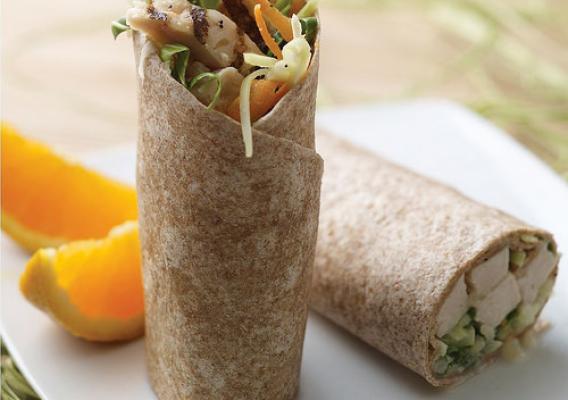The Census of Agriculture is the most complete account of U.S. farms and ranches and the people who operate them. Every Thursday USDA’s National Agricultural Statistics Service will highlight new Census data and the power of the information to shape the future of American agriculture.
Agriculture is probably not the first thing that pops into your head when you think of New Hampshire. As the 2012 Census of Agriculture results show, however, farming is a major component of our state’s economy. In 2012, our farmers sold nearly $200 million worth of agricultural products.
Milk production has been one of New Hampshire’s leading agricultural products for decades. In 2012, our milk cows produced more than 3 million gallons of milk, which was worth nearly $55 million. Recently, egg production has been increasing. There were also more than 320,000 chickens in New Hampshire in 2012. As a result, New Hampshire had nearly $13.5 million of poultry and egg sales in 2012.









